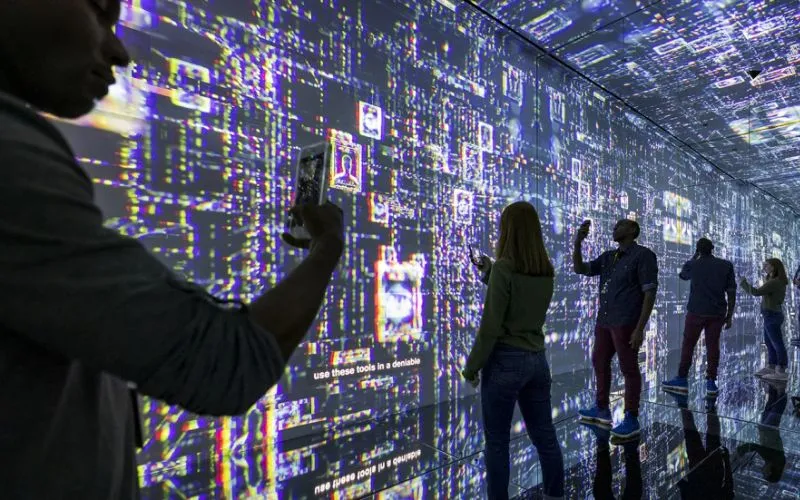- December 26, 2024
- Brand Exposure
- 0 Comments
Introduction:
In a world where consumers are constantly bombarded with advertisements, standing out is essential for brand success. Creating immersive brand experiences is a powerful strategy to engage customers, foster loyalty, and make lasting impressions. By leveraging pop-up shops, interactive events, and virtual reality (VR), brands can offer unique experiences that resonate with their target audiences and create a deeper connection with their products.
1. Pop-Up Shops: A Taste of Exclusivity:
Pop-up shops provide an exciting opportunity for brands to create a buzz. These temporary retail spaces can be strategically placed in high-traffic areas, allowing brands to showcase their products in a curated environment. By designing these shops around a specific theme or seasonal promotion, brands can create a sense of urgency and exclusivity. Engage customers through unique displays, live demonstrations, or limited-time offers, making their shopping experience memorable and enticing.
2. Interactive Events: Building Community Connections:
Hosting interactive events is another effective way to engage consumers. These events can range from workshops and seminars to product launches and experiential marketing campaigns. By inviting customers to participate, brands foster a sense of community and belonging. Attendees can engage directly with products and representatives, allowing for authentic interactions and feedback. Such experiences can strengthen brand loyalty and encourage word-of-mouth promotion.
3. Virtual Reality: The Future of Immersion:
As technology advances, virtual reality has emerged as a game-changer for immersive brand experiences. Brands can create virtual environments that allow customers to interact with their products in innovative ways. For instance, a furniture brand could offer a VR tour of a home fully furnished with their products, enabling customers to visualize how items would look in their own spaces. This interactive approach enhances customer understanding and excitement, leading to higher conversion rates.
Conclusion:
Creating immersive brand experiences through pop-up shops, interactive events, and virtual reality offers businesses the chance to engage customers in meaningful ways. These strategies not only capture attention but also build lasting relationships between brands and consumers. As the marketing landscape evolves, embracing these immersive experiences will be key to standing out in a crowded marketplace and driving long-term success. By focusing on creating unforgettable moments, brands can leave a lasting impact and ensure they remain top-of-mind for their audience.
Bottom of Form



